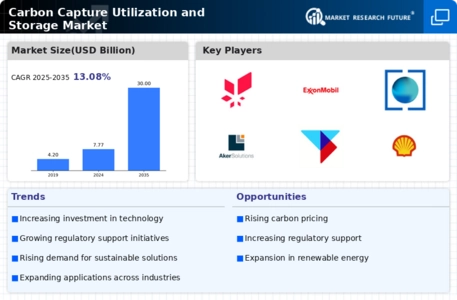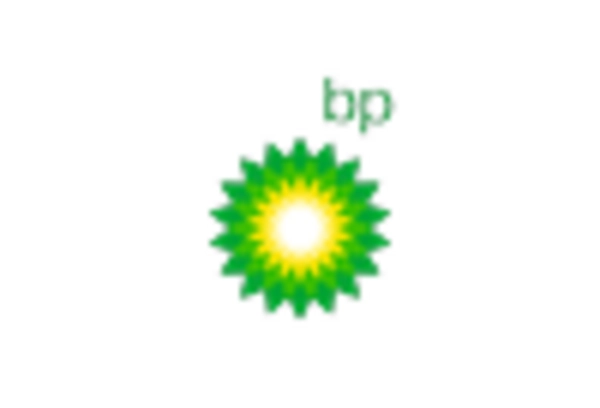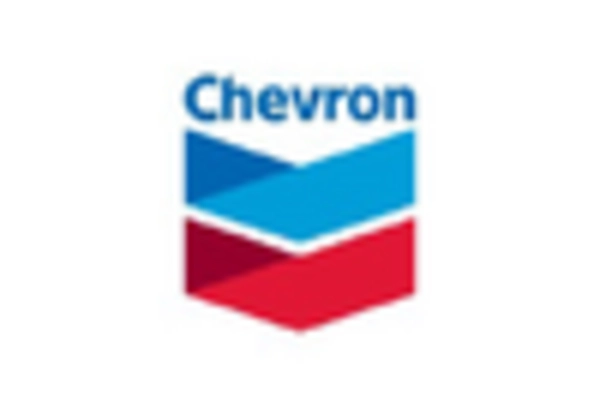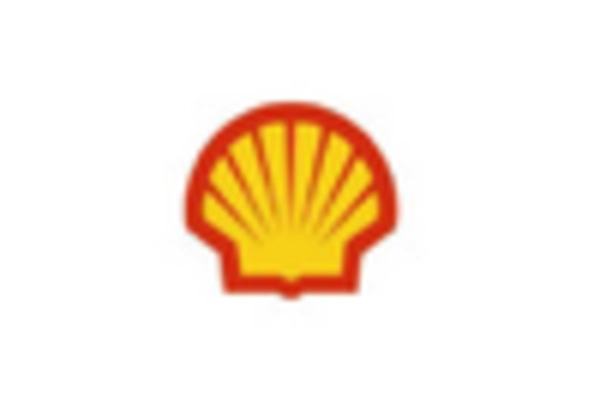Supportive Regulatory Frameworks
Supportive regulatory frameworks play a vital role in driving the Carbon Capture Utilization and Storage Market. Governments worldwide are implementing policies and incentives to promote carbon capture technologies as part of their climate action plans. For example, tax credits and subsidies for carbon capture projects have been introduced in several regions, encouraging investment and innovation. These regulatory measures not only facilitate the development of carbon capture infrastructure but also create a favorable environment for businesses to adopt such technologies. As regulatory support continues to evolve, it is expected that the market will experience accelerated growth, with more companies integrating carbon capture solutions into their operations.
Growing Awareness of Climate Change
Growing awareness of climate change is a crucial driver for the Carbon Capture Utilization and Storage Market. As public consciousness regarding environmental issues increases, there is a heightened demand for sustainable practices across various sectors. This awareness has prompted industries to explore carbon capture technologies as viable solutions to reduce emissions. Surveys indicate that over 70% of consumers are willing to support companies that actively engage in carbon reduction initiatives. Consequently, businesses are compelled to adopt carbon capture strategies to align with consumer expectations and regulatory requirements. This shift in consumer behavior is likely to bolster the market, as companies seek to enhance their sustainability profiles through effective carbon capture solutions.
Investment in Carbon Capture Technologies
Investment in carbon capture technologies is a significant driver for the Carbon Capture Utilization and Storage Market. Governments and private entities are increasingly allocating funds to develop and deploy advanced carbon capture systems. For instance, recent funding initiatives have led to the establishment of several large-scale carbon capture projects, with investments exceeding USD 5 billion in the last two years alone. This influx of capital not only accelerates technological advancements but also fosters collaboration among stakeholders, including research institutions and industry leaders. As financial backing continues to grow, the market is likely to witness enhanced innovation and a broader range of carbon capture solutions, ultimately contributing to its expansion.
Increasing Demand for Low-Carbon Solutions
The rising demand for low-carbon solutions is a pivotal driver for the Carbon Capture Utilization and Storage Market. As industries face mounting pressure to reduce greenhouse gas emissions, the adoption of carbon capture technologies becomes increasingly essential. According to recent estimates, the market for carbon capture technologies is projected to reach USD 10 billion by 2030, reflecting a compound annual growth rate of approximately 20%. This trend is driven by various sectors, including energy, cement, and steel, which are actively seeking innovative methods to mitigate their carbon footprints. The urgency to address climate change and meet international climate agreements further propels the need for effective carbon capture solutions, thereby enhancing the market's growth potential.
Technological Innovations in Carbon Capture
Technological innovations in carbon capture are a key driver for the Carbon Capture Utilization and Storage Market. Continuous advancements in capture technologies, such as direct air capture and bioenergy with carbon capture and storage, are enhancing the efficiency and cost-effectiveness of carbon capture processes. Recent developments indicate that new materials and methods can increase capture rates by up to 30%, making these technologies more attractive to industries. As research and development efforts intensify, the market is likely to benefit from improved carbon capture solutions that can be deployed across various sectors. This ongoing innovation is essential for meeting the growing demand for effective carbon management strategies.


















Leave a Comment